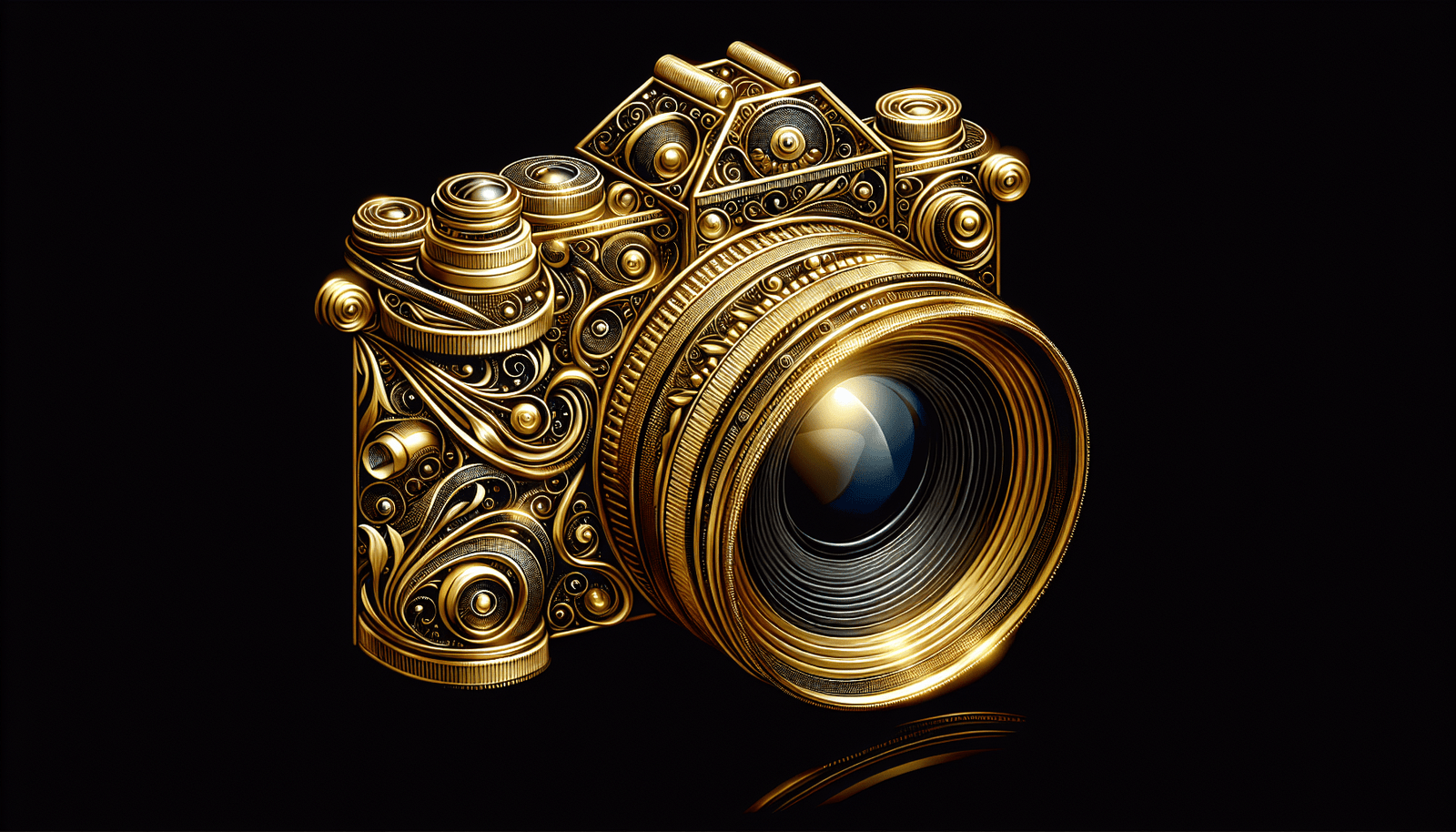An Examination of Gold’s Influence on Photography
Photography has come a long way since its inception in the early 19th century. With advancements in technology and techniques, photographers have continually sought ways to enhance the quality and aesthetics of their images. One such way that has influenced photography is the use of gold. In this article, we will delve into the various ways gold has impacted photography, from the early days of tintypes to modern applications in digital photography.
The History of Gold in Photography
Gold has been used in photography since the early days of the medium. One of the earliest uses of gold in photography was in the creation of tintypes. Tintypes were a popular form of photography in the mid-19th century, and were created by coating a thin sheet of iron with a light-sensitive emulsion containing silver halides. The image was then developed and fixed using a solution that contained gold chloride. This process resulted in a unique and durable image that was resistant to fading.
Tintypes and The Use of Gold Chloride
Tintypes, also known as ferrotypes, were a form of photography that gained popularity in the mid-1800s. The process involved creating a direct positive image on a thin sheet of iron coated with a black or brown lacquer. To develop the image, a solution of gold chloride was used as a fixer. This use of gold chloride helped to stabilize the image and prevent fading over time, giving tintypes their characteristic longevity.
The Role of Gold in Color Photography
As photography evolved, so did the use of gold in the medium. Gold was instrumental in the development of color photography, particularly in the creation of color filters. Color filters are used to manipulate the light that enters the camera lens, allowing photographers to control the color balance and contrast in their images. Gold was often used as a component in these filters due to its ability to selectively absorb certain wavelengths of light.
The Development of Color Filters Using Gold
Color filters are essential tools in photography, allowing photographers to manipulate the colors and tones in their images. Gold has been a key component in the development of color filters, particularly in the creation of dichroic filters. Dichroic filters contain layers of materials that selectively transmit or reflect certain wavelengths of light, creating vibrant and accurate color reproduction in photographs. The use of gold in dichroic filters helps to enhance color purity and contrast in images.

Gold Toning in Black and White Photography
In black and white photography, gold has been used for toning prints to enhance their appearance and extend their longevity. Gold toning involves immersing a black and white print in a solution containing gold chloride, which reacts with the silver in the print to create a range of warm brown tones. This process not only adds aesthetic appeal to the print, but also increases its archival quality, making it more resistant to fading and deterioration over time.
The Benefits of Gold Toning in Black and White Prints
Gold toning in black and white photography offers several benefits beyond just aesthetic enhancement. The use of gold chloride in the toning process helps to increase the stability and longevity of the print by reducing the reactivity of silver, which can lead to fading and discoloration. Additionally, gold toning can improve the overall tonal range and contrast of the print, creating a more visually appealing final image.
Gold Nanoparticles in Digital Photography
In recent years, gold nanoparticles have emerged as a cutting-edge technology in digital photography. Gold nanoparticles are microscopic particles of gold that exhibit unique optical properties, such as enhanced light absorption and scattering. These properties make gold nanoparticles ideal for a variety of applications in digital photography, including improving resolution, sensitivity, and color quality in images.
The Advantages of Using Gold Nanoparticles in Digital Imaging
Gold nanoparticles offer several advantages in digital imaging that make them a valuable tool for photographers. One of the key benefits of using gold nanoparticles is their ability to enhance the resolution of digital images, allowing for finer detail and sharper clarity in photographs. Additionally, gold nanoparticles can improve the sensitivity of digital sensors, enabling photographers to capture more light and produce high-quality images even in low-light conditions.

Gold Leaf in Photography
Gold leaf, a thin sheet of gold that is often used for decorative purposes, has also found its way into the world of photography. In the realm of alternative and experimental photography, artists have begun incorporating gold leaf into their images to create unique and visually striking effects. By applying gold leaf to prints or using it as a background element, photographers can add a touch of luxury and elegance to their work.
Incorporating Gold Leaf Into Photographic Prints
The use of gold leaf in photographic prints offers photographers a creative way to enhance the visual impact of their images. By carefully applying gold leaf to select areas of a print, photographers can create eye-catching highlights and accents that draw the viewer’s attention. Additionally, using gold leaf as a background element can add depth and dimension to an image, creating a sense of richness and luxury in the final composition.
Conclusion
Gold has played a significant role in the evolution of photography, from the early days of tintypes to modern applications in digital imaging. By leveraging the unique properties of gold, photographers have been able to enhance the quality, aesthetics, and longevity of their images. Whether used in toning prints, creating color filters, or incorporating gold leaf into compositions, gold continues to be a valuable resource for photographers looking to push the boundaries of their craft. So, next time you pick up your camera, consider the influence that gold may have on your photography, and explore the possibilities that this precious metal has to offer.
